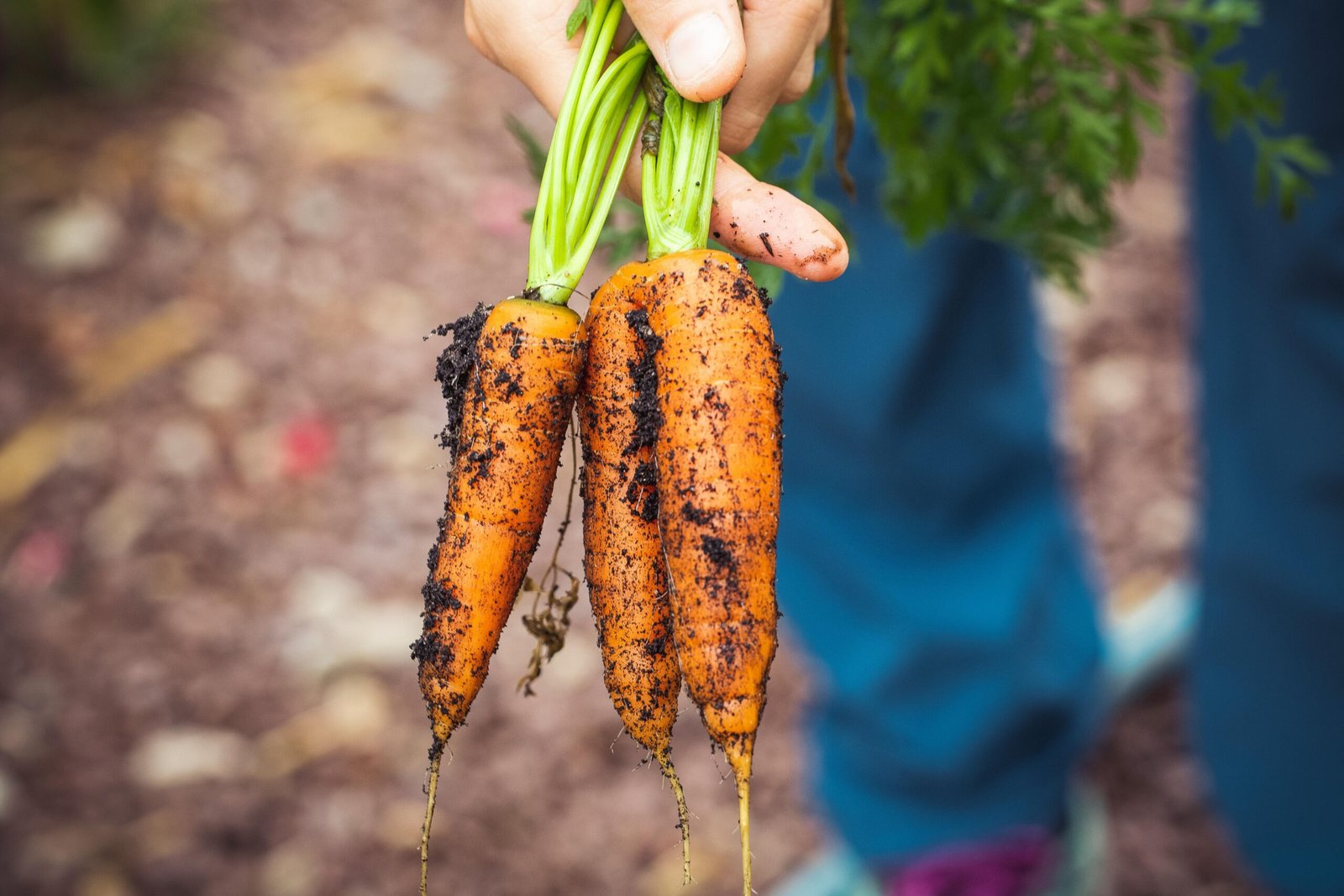As the temperatures begin to cool and the leaves change color, many gardeners might think it’s time to pack up their tools for the season. However, fall gardening offers a plethora of benefits that can extend your growing season and enhance your garden’s productivity. In this post, we’ll explore the advantages of fall gardening and provide essential tips for residents eager to make the most of this vibrant season.
Why Fall Gardening is Beneficial
1. Milder Weather Conditions
Fall gardening allows you to enjoy cooler temperatures, making it more comfortable to work outside. Many plants thrive in these milder conditions, leading to healthier and more robust growth.
2. Extended Growing Season
Cool-season crops such as kale, spinach, and carrots can be planted in late summer or early fall. These crops can continue to grow as the weather cools, providing a late harvest that freshens up your autumn table.
3. Reduced Pest Pressure
With the arrival of fall, many pests become less active, decreasing the need for pest control. This allows you to grow plants with less worry about infestations and harmful chemicals.
4. Soil Health Improvement
Fall is an ideal time to enrich your garden soil. Adding compost or organic matter now will enhance soil structure and nutrient content, setting the stage for thriving plants in the spring.
5. Stunning Fall Displays
Fall gardens can be beautiful! With colorful foliage and late-blooming flowers, you can create a vibrant landscape. Consider planting asters, chrysanthemums, and ornamental grasses to enjoy a dazzling autumn display.
6. Preparation for Spring Planting
Fall gardening gives you the chance to prepare your garden for the next growing season. Planting cover crops can help improve soil health and suppress weeds, giving your spring garden a head start.
Essential Tips for Fall Gardening
1. Select Hardy Crops
Focus on cool-weather crops that thrive in autumn. Some excellent choices include:
- Spinach
- Kale
- Lettuce
- Radishes
- Garlic (plant in fall for a summer harvest)
2. Plan Your Planting Schedule
Be mindful of your local frost dates when planning your fall garden. Many cool-season crops can be sown about 6-8 weeks before the first expected frost.
3. Use Row Covers
To protect young plants from early frosts, consider using row covers. These lightweight fabrics help retain heat and shield seedlings from harsh weather conditions.
4. Apply Mulch
A layer of mulch can help retain soil moisture, suppress weeds, and regulate temperature as the days get shorter and cooler.
5. Clean Up Your Garden
Remove spent plants and debris to prevent diseases and pests from overwintering in your garden. This cleanup will also prepare your space for future plantings.
6. Plant Perennials
Fall is an excellent time to plant perennials, which can establish strong roots before winter, ensuring a robust start come spring.
7. Monitor Watering Needs
Even though fall brings more rain, keep an eye on moisture levels, particularly for newly planted seeds and transplants. Consistent watering is key to successful growth.
8. Plan for Winter
Consider planting cover crops that can protect and enrich your soil over winter. These crops improve soil structure and prevent erosion, making them an excellent addition to your fall gardening strategy.
Conclusion

Fall gardening presents numerous opportunities to extend your growing season, improve soil health, and create stunning autumn displays. By choosing the right crops and employing strategic gardening practices, residents can enjoy the many benefits that fall has to offer. Don’t let the cooler weather deter you—embrace the joys of fall gardening and watch your garden thrive!
